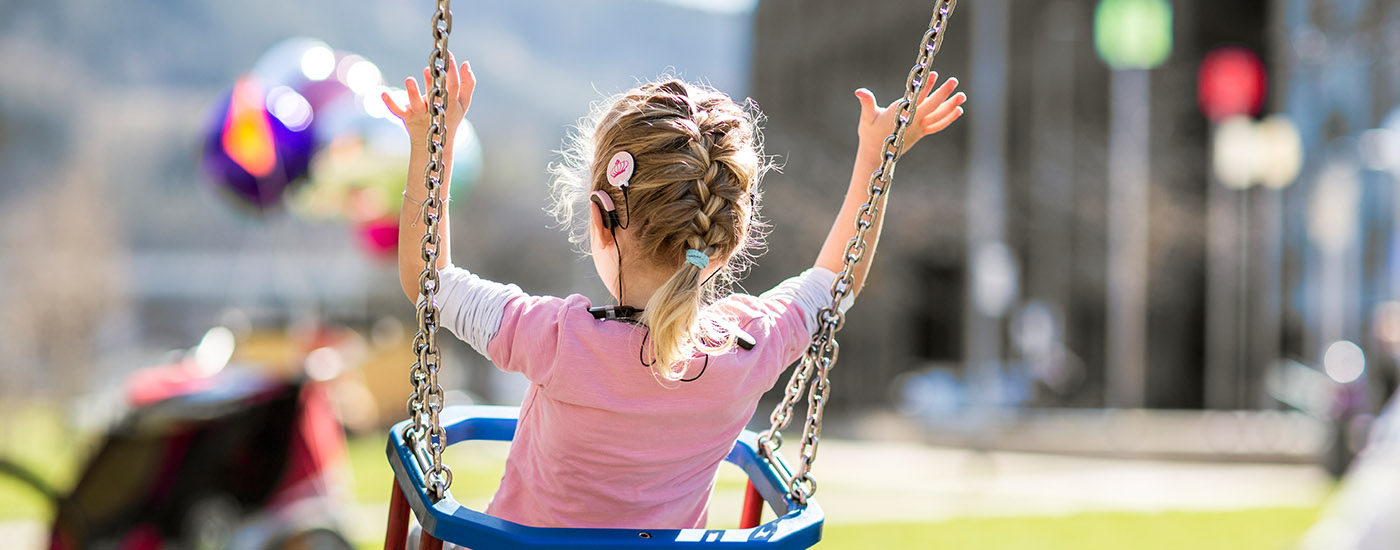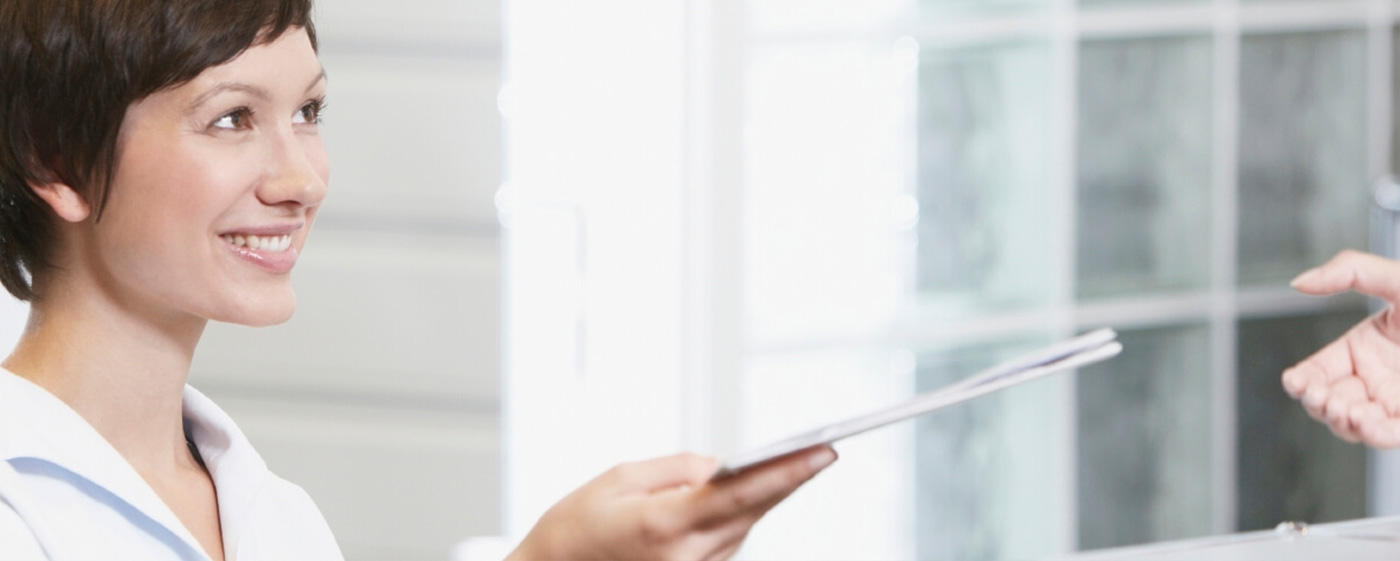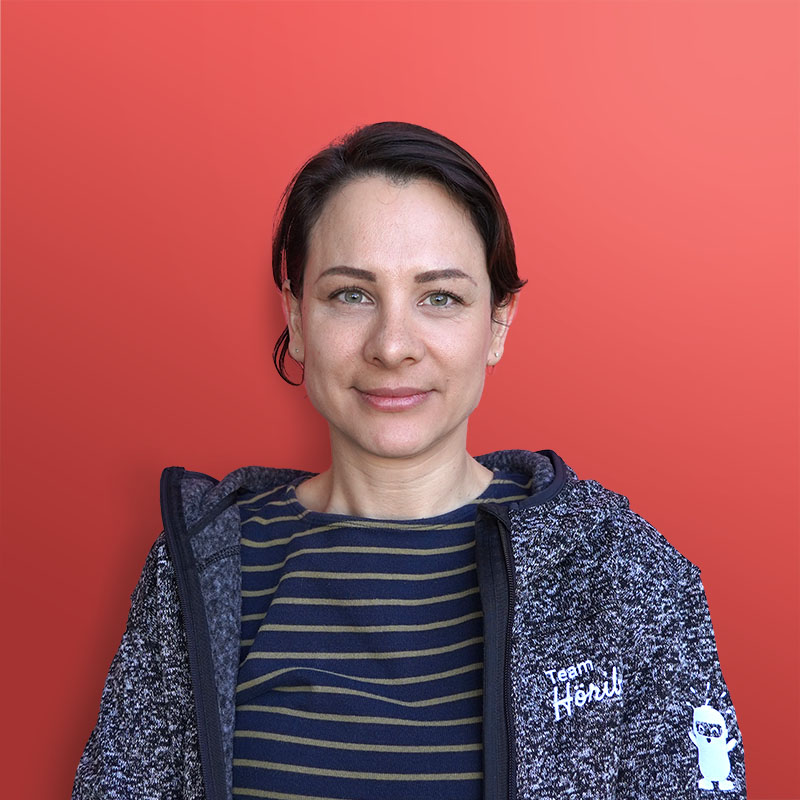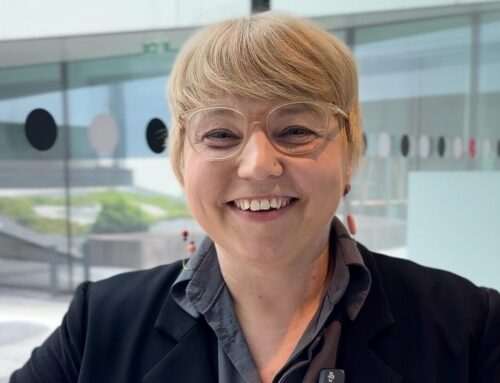Cochlear implant treatment for babies and toddlers
When new parents receive a diagnosis of "profound hearing loss" in their child, the shock is often profound. But the newborn can receive help thanks to the latest medical technology, the cochlear implant.
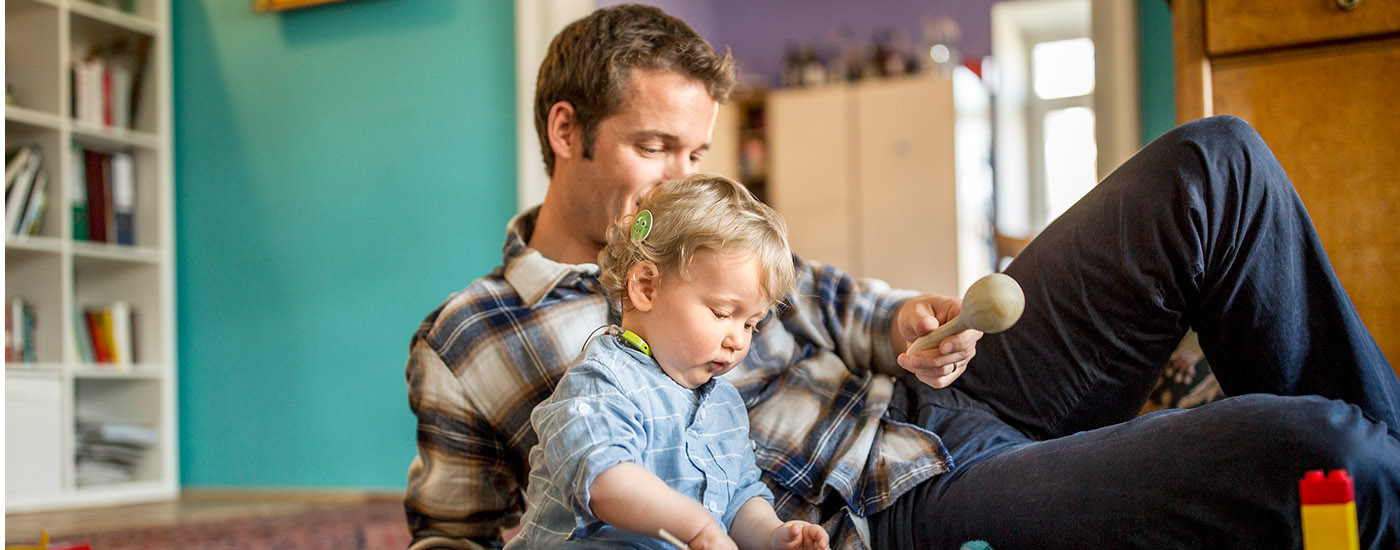
The cochlear implant for babies - an optimal solution
If an abnormality is detected in the course of newborn hearing screening (NGHS), which is carried out in Austria in the first few days of life in the hospital, further steps must be taken in an ENT clinic. It is very important to determine the cause and the level of the possible hearing impairment as soon as possible.
If a baby is diagnozed with severe hearing loss or deafness, bilateral fitting with a cochlear implant offers an optimal solution. With timely fitting around the first birthday, nothing stands in the way of early audio-verbal speech development.
That means that, if a baby is diagnozed with hearing loss or deafness and implanted early, it has the best chances for a carefree and successful life.
How does a cochlear implant work for babies and toddlers?
In the case of profound sensorineural hearing loss or deafness, the hair cells in the inner ear of a baby or small child are damaged and cannot process and transmit sound information correctly. A cochlear implant bypasses these defective hair cells and sends the sound information in the form of coded electrical impulses to the auditory nerve or the brain, where they are interpreted as acoustic events. As the brain receives and processes this information within a very short time, it is practically perceived at the moment when it occurs.
The cochlear implant (CI) essentially consists of two parts:
- the outer part, the audio processor with transmitting coil
- the inner part, the implant with the electrode array
The audio processor picks up the sound information and sends it to the implant via the transmitter coil, which is connected to the implant by a magnets. It is located behind the ear under the skin and transmits the pulse pattern to the electrode array, which is inserted directly into the cochlea. The auditory nerve receives these electrical impulses, which it transmits to the auditory center in the brain. The brain perceives these signals as sounds.
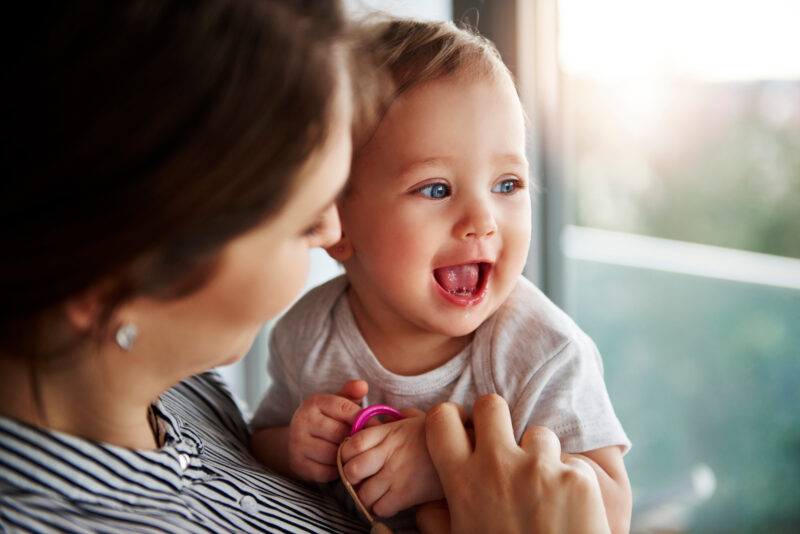
You are currently reading:
Cochlear implant for babies
Exchange experiences with parents
Here you can get in touch with parents who are available to answer your questions or concerns online, by phone or in person. They all want to share their experiences and knowledge with others and may therefore be valuable contacts for you and your family.

